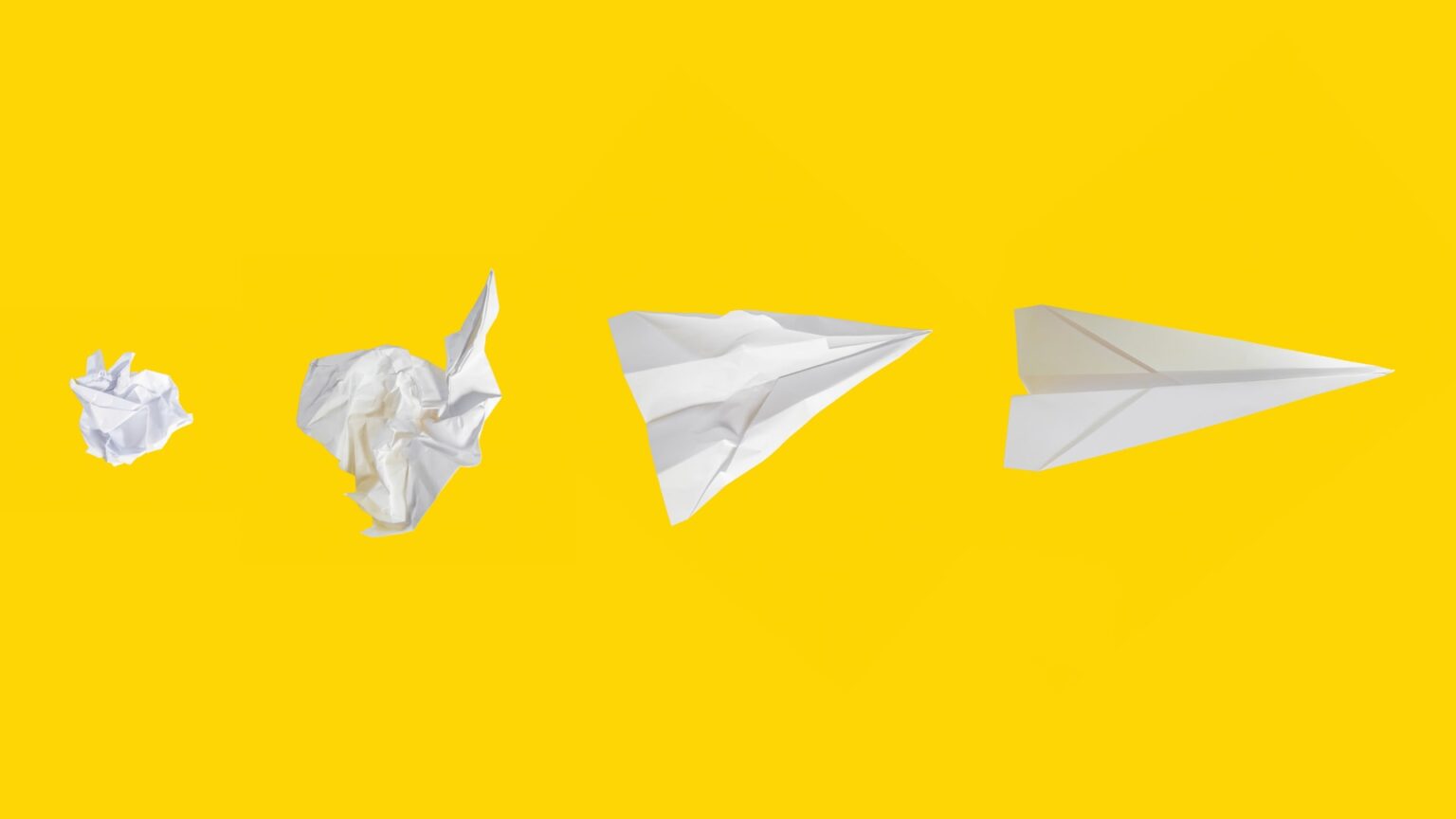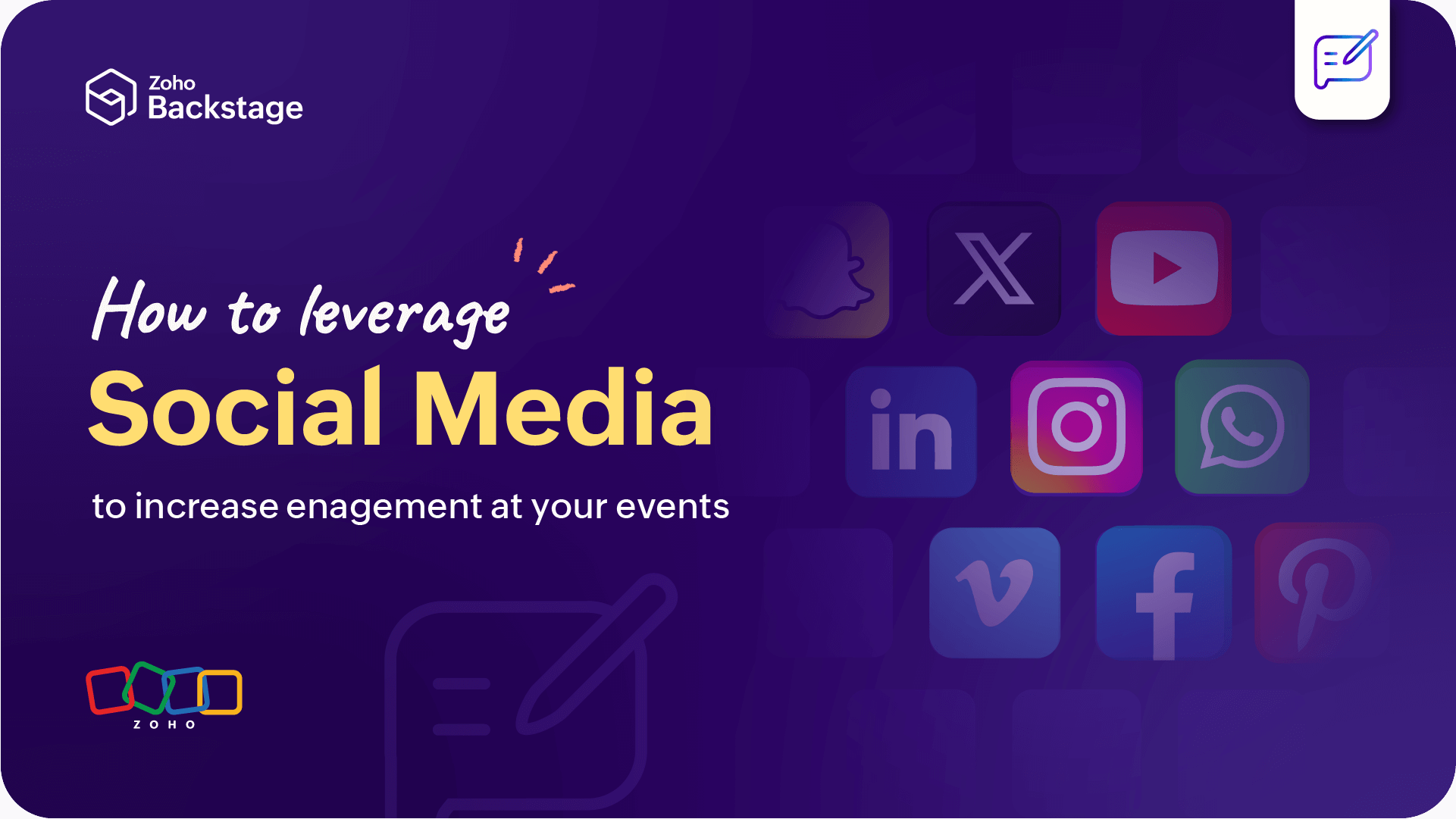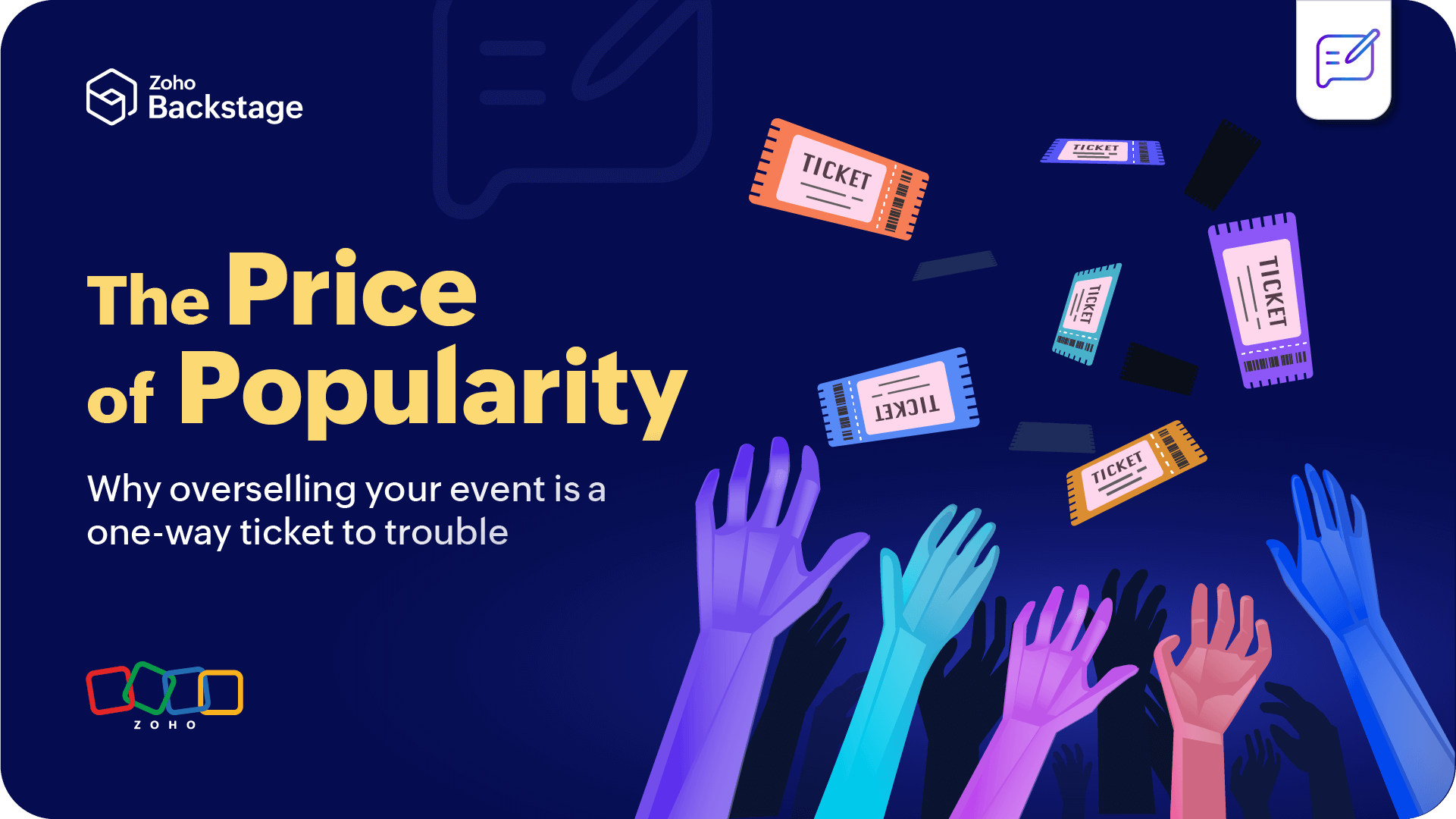The essential guide to design thinking for event professionals
- Last Updated : August 18, 2023
- 5.5K Views
- 6 Min Read

As event planners, we’re routinely asked to pull a rabbit or two out of our hats. Clients are no longer satisfied with out-of-the-box thinking and ideas—now they demand that you push through like no box exists at all. And rightly so, because the world has never been this responsive to events (or rather, experiences) before. That brings us to the current situation in the event industry where everyone wants to one-up the next person. It’s for this exact reason that we think event organizers can benefit from design thinking.
Like Tim Brown, one of the creators of design thinking, says: “…design is a process especially suited to divergent thinking—the exploration of new choices and alternative solutions.” So what is design thinking? It is a practical, user-centric, and creative approach to problem-solving. This approach emphasizes the solution instead of the problem.
For example, when you’re planning an event, your focus will be on how you can create the best event experience, not what obstacles you’ll have to overcome—your challenges transform into questions. If the challenge is getting speakers, the question is “What type of speakers will my attendees like?” and so on.
The four rules of design thinking
Design thinking, like all other frameworks and processes, is based on a set of core principles. These principles not only give you a deeper understanding of design thinking, but they can also be a guide once you start actively using the process when planning your events.
The four principles listed here—The Four Rules of Design Thinking—were defined by Christoph Meinel and Harry Leifer of the Hasso-Plattner-Institute of Design at Stanford University. We’ve modified them a little to suit the event scenario better.
THE HUMAN RULE: All events should be human-centered with the attendees at the center of the planning.
THE AMBIGUITY RULE: Uncertainty and ambiguity will be a part of all events because there is always something beyond the boundaries of our knowledge. That’s why it’s important to constantly expand the limits of our knowledge.
THE REDESIGN RULE: When society evolves, technology will evolve. However, the basic human need (to socialize) will always remain the same. The changes we make are just “redesigns” of our existing design where we strive to give people what they always wanted—but in a different way.
THE TANGIBILITY RULE: While ideas do matter, what matters more is their execution. With design thinking, the aim is to make ideas workable.
So, with design thinking, you plan an event that’s creative, doable, and people-centric. Like Freeman, a global provider of brand experiences and one of the first to use design thinking, says: “Whether the outcome is a performance metric, a system, or an experience, design is the method for envisioning the result and systematically executing our vision.”
Subscribe to The Green Room
Sign up here and get all the most relevant MICE industry content delivered right to your inbox once a month.
By submitting this form, you agree to the processing of personal data according to our Privacy policy.
The 5 phases of design thinking
It’s quite intimidating to move away from the ways of the old and start something new. That’s why we’ve broken down the process of design thinking into five actionable steps that we hope will be easier for you to follow.
A point to note—though these steps appear to come one after the other, it’s not necessary to do it that way. Design thinkers emphatically believe that it can’t be a linear process— rather, you’re encouraged to go back and forth between the steps when you learn something new.
Empathize
In design thinking, the first step is to understand the end-user. For events, these are the attendees. You understand them and you satisfy not just them but also your clients and sponsors. Here, you start studying your target audience. You observe them, engage with them, and analyze the data to figure out who they are and what they need.
What are their needs, expectations, likes, and dislikes? This is done to get over your biases and put aside your assumptions so you can develop a clear picture.
Define
In this phase, you use what you discovered during the empathize stage to define the challenges or problems you have to address to make your event satisfy your attendees’ needs. The International Design Foundation has some really good templates that you can use for this purpose. In one method, you use the elements user, need, and insight to frame your problem statement.
The user needs {their need} because of {insight}.
So, an example of how we’d use this for events could look like this:
The attendee needs {networking options} because of {survey results that state people attend events to make connections}.
Another way to write your problem statement is as a “how might we” question. So here, your question will be:
How might we host an event that allows attendees to network more?
By formulating the data you collected, you can make your problems more specific. This, in turn, will help you explore ideas better in the next phase.
Ideate
Now that you know what your challenges are, you can brainstorm ideas and come up with possible solutions. One tip here is to be completely unrestrained. No idea is silly or impossible or too much. By allowing your brain free reign, you can remove mental blocks. This means there are more chances for you to come up with completely innovative ideas.
During your ideation sessions, you can use techniques like reverse thinking, worst possible idea, mindmapping, and bodystorming to explore different angles. Also, it’s important to include all stakeholders—not just your team—in your ideation sessions. Once you have your list of solutions, you can then shortlist the ones you really like.
Continuing with the example of increasing networking opportunities for attendees—this is where you talk to your client, team, and even sponsors to figure out the best options for networking at your event.
Iterate
Now that you’ve narrowed your list of ideas, it is time to flesh them out. Here, you experiment with the ideas and try to make them work. Supposing you came up with the idea to use event apps to improve networking at your event, here you’ll create a prototype of the event app with all the features you’ll want it to have, like discussion channels, social wall, etc. Then, you’ll do your research on the event apps available in the market and select the one you’d like to use.
Test (and learn)
Finally, you’ll introduce your solution to people. Here, you’ll test how people are responding to the solution and how you can improve it. Going back to the previous example, you’ll get data on the app’s adoption rate, which features your attendees liked, and what features they needed but were absent in the app. Using all that you learned, you’ll refine your solution for the next event or even come up with a new one altogether.
The good thing about events is that we’re already applying some of the phases of design thinking in our regular process. For one, we’re already thinking of attendees when planning events. So the shift to a design-first culture is actually quite easy. By actively thinking about these phases, you just become more aware of what needs to be done. And finally, if you’re serious about going the non-linear way with your event planning, you should complement your design-thinking attitude with an agile planning method. Nothing speaks more about innovation and creative problem-solving than design thinking and agile planning!
If, like us, you're more of a social person, let's connect on Twitter (@ZohoBackstage) and we'll keep you up-to-date with all the latest event news.
 Nisha
NishaMarketing and content at Zoho Backstage. Cultural misfit. Armchair traveler. Productivity geek. Sometimes, I write poetry. Sometimes, it rhymes.








